In the beginning
The creation of a guild is an event that is special to many online gamers. It’s the opportunity to lead your friends and colleagues, generate influence over game X, or simply have things your way. A great website is normally the first item required to provide the guild with a sense of structure and central source of information distribution. A quality voice server is generally second, and usually the final asset needed to get folks communicating and collaborating in and out of game. So, what’s missing?
Nothing good comes easy
Unless your guild just happens to form with a hundred or so people, it will require some form of marketing effort to inform gamers about your guild’s existence. In years past, the shout-out in General Chat seemed to garner some sort of success in getting folks to inquire about guilds relative to the colorfulness of the message being shouted. However, this is fodder for the /ignore from most. The forums of game X are another option, but lose effectiveness given the community attitude – which trends toward the negative in most forums communities these days. This is where Social Media can help in a pre-, current and post-game launch scenario.
Social Media
Since about 2009, most game studios have created Twitter or Facebook accounts to establish additional lines of customer intimacy. In kind, responsive guilds have done the same to have direct communications with developers. Over time, this has evolved into a method of marketing or promoting one’s guild through general Tweets, Facebook wall entries, or Reddit posts to a given community; more specifically, it has become the “history” of interaction with developers of game X that differentiate one’s guild from the pack. It is the early adopters of new games and the “virtual” relationships and interactions which help guilds establish a pseudo-pecking order within these communities.
Relationships and their evidence (view-able through Streams, Walls, or Pages) equate to credibility and the (potential) promise or hope of early beta access. These demonstrated interactions of guild Y with game X can be powerful differentiators or discriminators that attract and finally persuade new members to join. In 2013, many guilds do this successfully, with altruistic intentions; a great example of a premiere multi-gaming guild with great social networking campaign is Legend Gaming:

Legend Gaming is a multi-gaming community that establishes a chapter for each game they feel has enough critical mass to host a full guild. They work as a distributed, federated unit to support the community of Legend Gaming, while maintaining the autonomy to have local or game specific leadership and activities. To recruit, promote, and maintain their community and relative chapters, they masterfully use social media to gain and maintain game specific prominence and interaction with the developers, the community and other potential ally or enemy guilds.
There is strength in numbers, so what
Why social media? The success of social media is multi-faceted. Initially, it is the ease of use or access from almost any point of interest – not a game specific source. Folks can get into Facebook or Twitter to keep in touch with their friends and family, and then learn it is the same account that can lead them to tracking their favorite hobbies. The cost is also very attractive – free is just hard to turn down. Finally, it is the mobility of it all. People and guilds can establish their presence then maintain their appearance, opinion, and interaction on the go as well as in front of their computer.
The most recent and best example of using social media successfully as a guild building tools is the collaboration my guild had with the folks from the Shoddy Cast using YouTube:
The direct benefit and result of this video was 18 new guild applications within 8 hours of publishing. Social media is not a perfect option–nothing is. Yet, a good and active social media presence has been shown to help promote a guild’s presence, communicate activity levels and demonstrate the desire to collaborate.




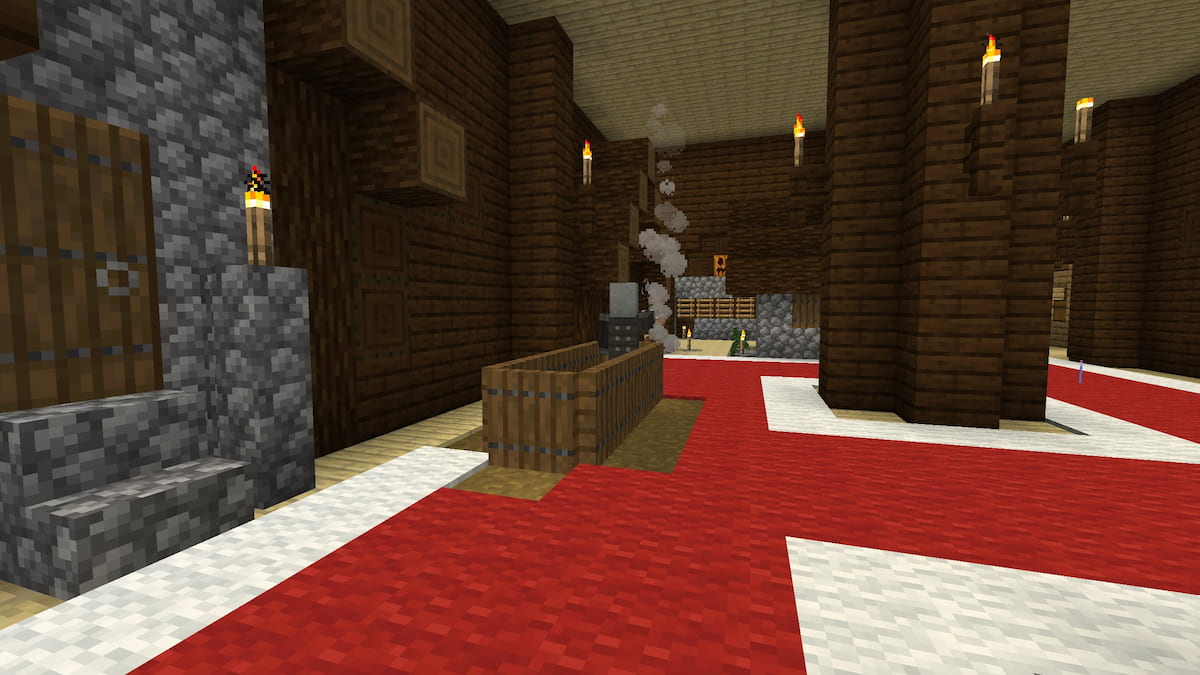
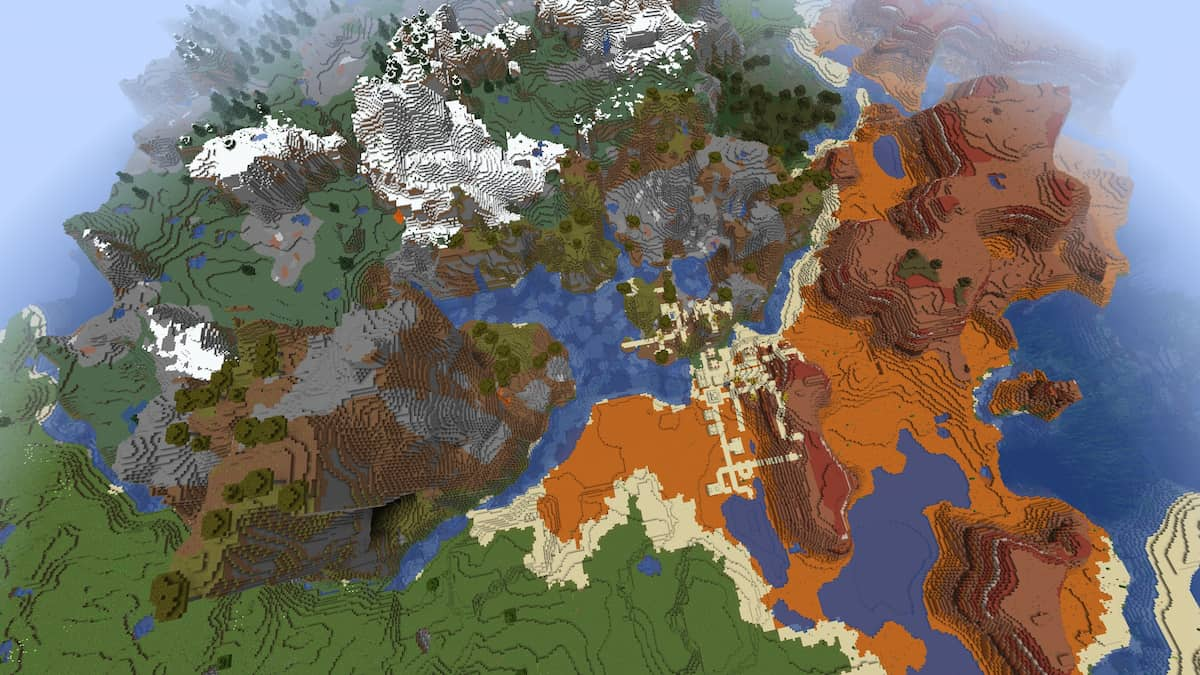
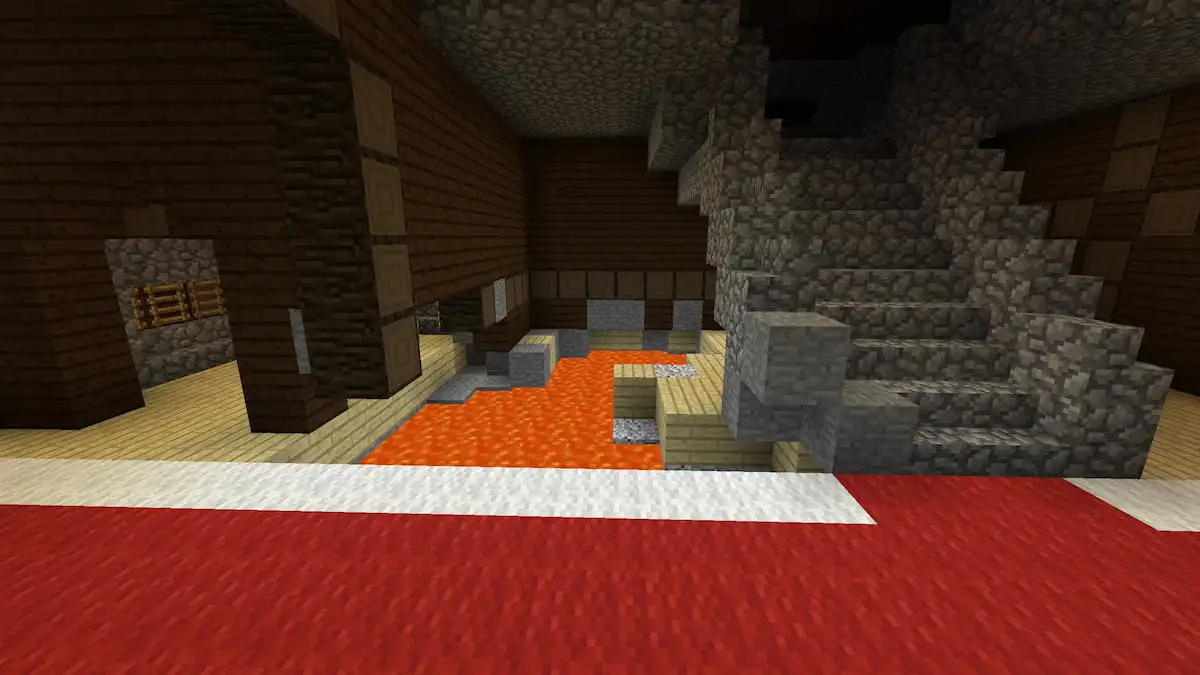
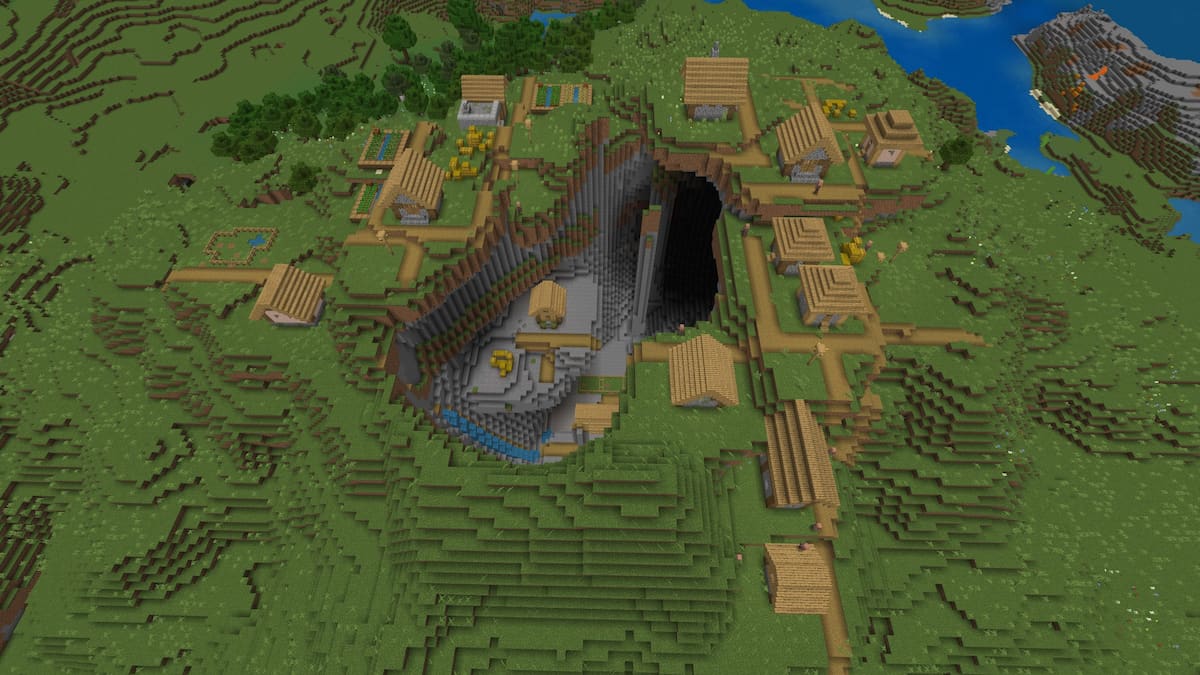
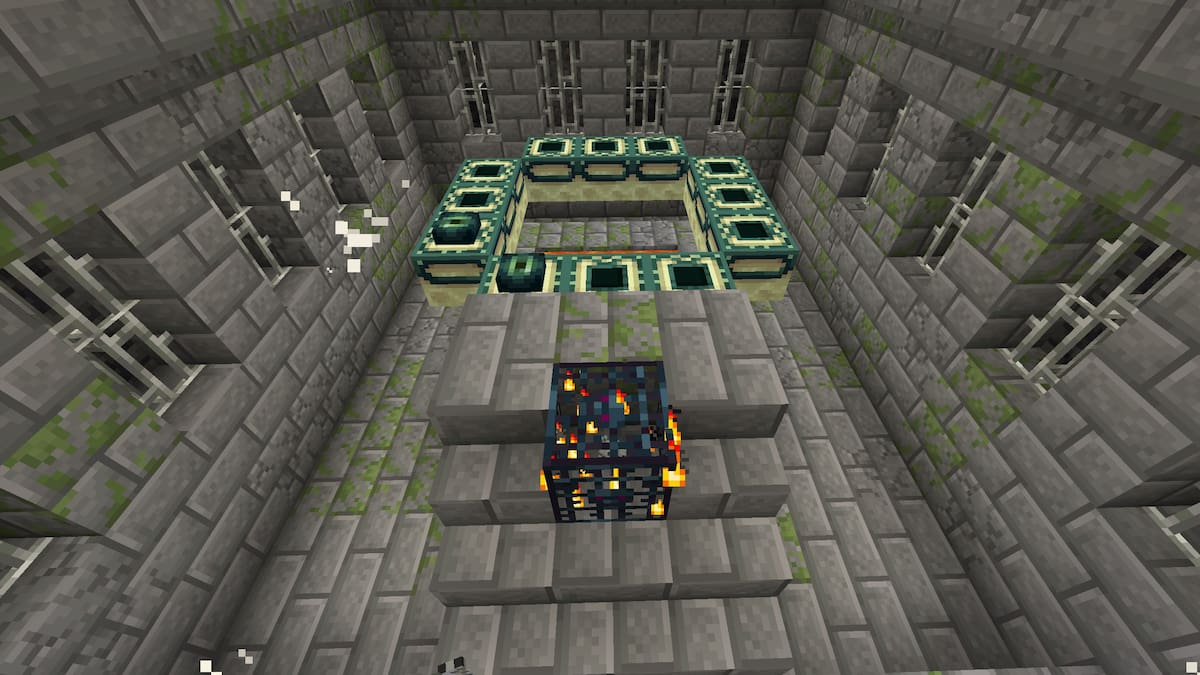
Published: Feb 24, 2013 03:02 pm